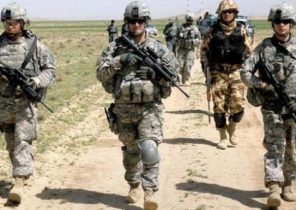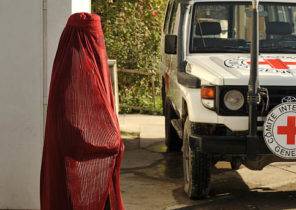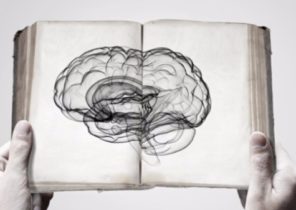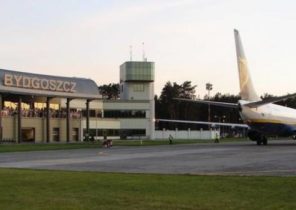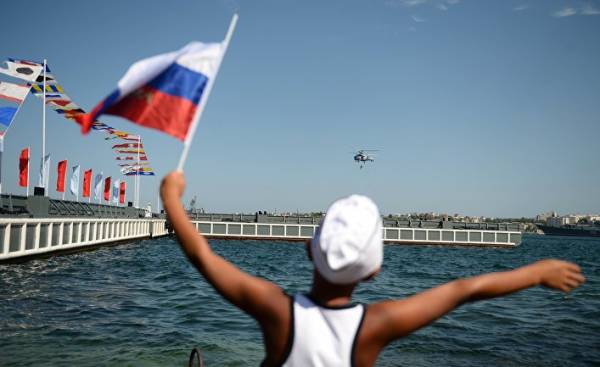
A little over three years ago, President Vladimir Putin annexed the Crimean Peninsula. In response to the overthrow of Pro-Russian President of Ukraine out of nowhere February 22, 2014 on the Peninsula there were units of “little green men” without insignia (in reality special forces of the Russian Federation) to ensure the seizure of power in Crimea, Pro-Russian activists of the “self”. And on March 18th, Crimea joined the Russian Federation.
The ninth of may crowds celebrate Victory, enthusiastically welcomed in Sevastopol Putin. Played by military bands, by area, marching troops, and in the Bay on ships of the Russian black sea fleet with a roar swept the jets. “We are proud of your courage and bravery, and we respect the way you through the years, through generations have carried their love for the Fatherland, — said Putin, referring to the residents of Sevastopol. But Motherland has opened you wide embrace and took into his house as their daughters and sons.”
The British Sevastopol will evoke the charge of the light brigade, Florence Nightingale (Florence Nightingale) and the Crimean war of 1854-1856 years. But for Russia, writes Mungo Melvin (Melvin Mungo) in his impressive work (“the War of Sevastopol”/Sevastopol”s Wars), this city is so much more.
Putin calls Crimea a “source of spirituality” of the Russian people and the Russian state. In the X century the Prince Vladimir baptized Rus in the Greek city of Hersones, the ruins of which are in the vicinity of Sebastopol (SIC — approx. transl.). In 1783 Catherine the Great annexed the Crimea, then part of the Ottoman Empire to Russia. The first of these events is strongly associated with the basics of Russian civilization, and the second with the development of Russia as a world power with Sevastopol as a naval Bastion.
However important this town was in the strategic plan, it is actually Russia with Sevastopol connects the blood, resistance and sacrifice. Retired General Melvin, Recalling the turbulent history of the city, feels in his element. During the Crimean war Sevastopol was the first time of the great siege in the conditions of modern industrial war. Leo Tolstoy, who served as an officer in the artillery, saw the city for 349 days of the siege was turned into ruins, but wrote that the legendary “spirit of Sevastopol” was born in these ruins and in the hearts of his fearless residents and persistent soldiers. For 20 years after the destruction of the city, it was rebuilt, becoming a symbol of courage of the Russian people.
“Sevastopol under any circumstances, not to surrender,” ordered Stalin during the Second world war. By 30 June 1940 (SIC — approx.TRANS.) the city has almost 250 days was under constant fire from the German artillery and under fire from aircraft. The city barely survived the 11 buildings, the streets were strewn with the twisted beams and scorched bricks. Newspaper “Red Star” wrote: “Sevastopol is not just a city. It is the glory of Russia, the pride of the Soviet Union. We have seen the surrender of the cities, the celebrated fortresses, of States. But Sevastopol is not for rent”.
This second siege is hardly known outside Russia, but it is Central to the military history of the country. The legendary “spirit of Sevastopol” was revived again, when its inhabitants retreated, having gone into the city dungeons. In the underground caves used for storage of the famous sparkling wine, the children went to school while their parents worked on the Assembly of mines and grenades.
When the situation deteriorated and people became desperate, many have decided to pour the champagne and use the bottles for making ammunition with a combustible mixture. It’s good that it did not come. As recalled by one survivor girl, “when because of the shooting it was impossible to walk for water, the people use champagne to cook food, and boil it instead of tea.” When in July of that year, Sevastopol fell under the onslaught of the “Axis”, those few who survived, thrown into forced labour, they became victims of mass executions and deportations. The city was liberated in 1944 and the second time rose from the ashes. During the cold war located in Sevastopol naval base was expanded and modernized.
Considering that Sevastopol was so much blood spilled, spent so much money, given so many lives, the city is littered with monuments to the courage and steadfastness. Even when Khrushchev in 1954 “gave” Crimea to Ukraine, Sevastopol remained a popular town, where resided the families of the sailors, retired — small filled with pride in a corner of Russia in a foreign land.
After the collapse of the Soviet Union, Russia has maintained the Sevastopol a strategically important naval base agreement with Ukraine until then, until the threat to her did not strengthen Pro-Western orientation of Ukraine. When in 2014, a crisis, the actions of (mostly bloodless) volunteers Pro-Russian “self-defense” was appreciated as the “third defense of Sevastopol” and immediately joined the list of the glorious traditions of the Crimean and Second world wars.
All this is interesting and admirable. Unfortunately, the General reader this book will scare away too long and confusing narrative of the war details. “To explain is not to adapt and simplify,” writes Melvin. That’s right: the West is not too tried to understand what it means to Sevastopol to Russia. But he’s so focused on the military importance of the city that overlooks the necessity to explain the background and domestic circumstances of the crisis in 2014.
Calling in the hearts of people nostalgic and inventing the threat from external enemies, Putin has managed to consolidate his regime and to suppress dissent at a time of economic hardship. It was a gamble. The Russian flag now flies proudly again over Sevastopol, but at what cost?

